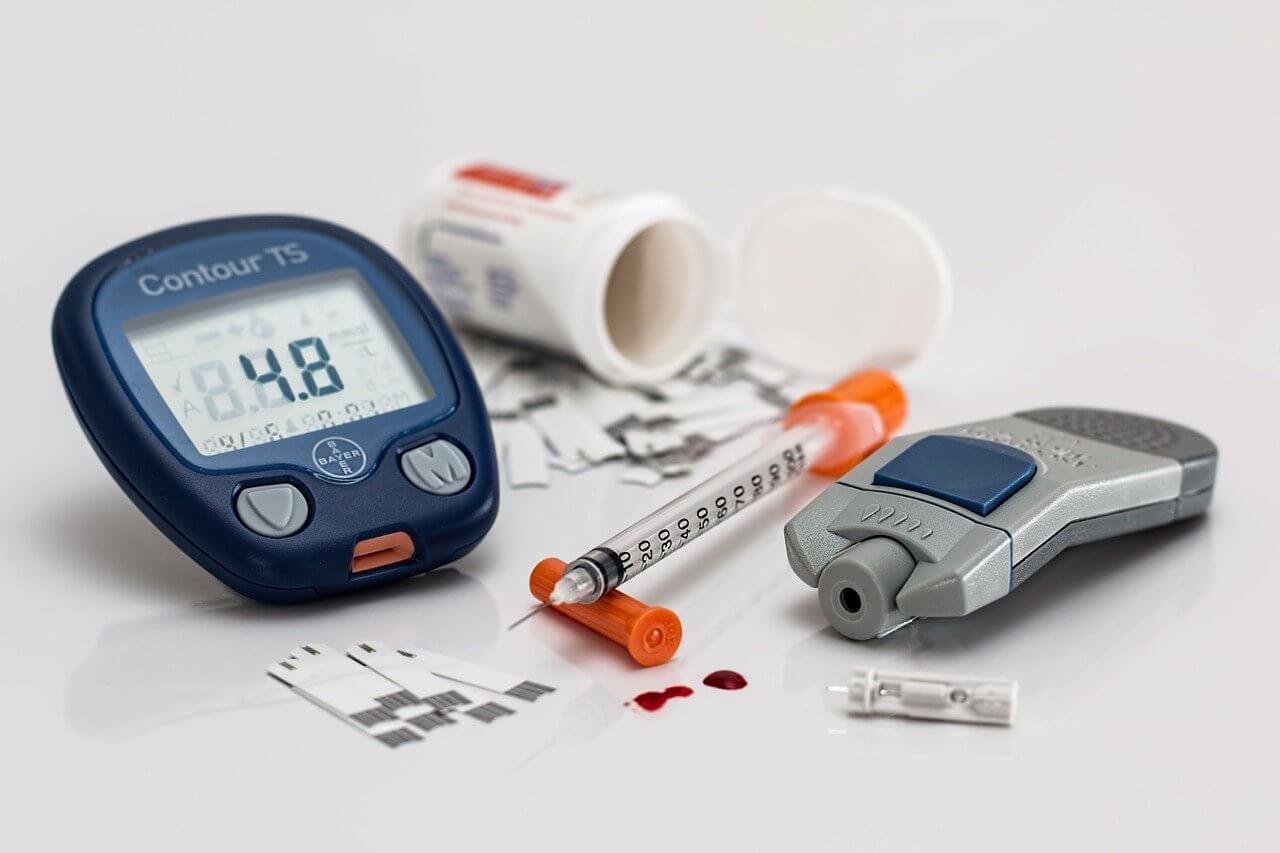
Even though there are more than two types of diabetes, type 1 and type 2 seem to be the most common, with about 90% of diabetes patients suffering from diabetes type 2. Most people are confused between the two types, and there are indeed some common symptoms between type 1 and type 2. However, there are also many different things between them, and this is what we will be explaining in this article.
If you want to find out more about what causes both types and the differences between them, keep reading as we give you a simple guide on how to differentiate between diabetes type 1 and diabetes type 2.
HOW BOTH TYPES AFFECT A DIABETES PATIENT
Diabetes type 1 and type 2 are both chronic diseases that affect the body negatively when it comes to regulating blood sugar and glucose levels, mainly by dysfunctioning insulin production in the body. In type 1 diabetes, the body attacks your pancreas cells, stopping them from performing their primary task, producing insulin. This just makes your body unable to produce insulin and, therefore, unable to fuel its cells.
However, in type 2 diabetes, the insulin levels that your body produces are not enough to feed your cells or not to work correctly according to its functions. Meaning, in both cases, your body doesn’t get enough insulin, making it impossible for glucose to enter your cells and give them the needed energy. The only difference here between the two types is that in type 1, your body does not produce insulin at all, which is very rare. Only about 8% of diabetes patients have type 1 diabetes. However, the other majority develop type 2 diabetes rather than any other type of diabetes.
TREATMENTS FOR TYPE 1 AND TYPE 2 DIABETES
Type 2 diabetes can be treated and eventually cured simply by improving one’s diet and frequently exercising to help the body produce moderate insulin levels. Medications for type 2 diabetes can also be prescribed to treat the condition and support the body in moderating insulin levels. A doctor may prescribe alpha-glucosidase inhibitor drugs; this inhibitor is a form of medication that controls the glucose levels in the blood from spiking up too fast after you eat. For type 1 diabetes, though, there is no cure. Type 1 patients can not produce insulin in their bodies and need it to be injected regularly through different insulin injection methods.
DIABETES TYPE 1 AND TYPE 2 SYMPTOMS
Both type 1 and type 2 diabetes cause similar symptoms, such as frequently feeling thirsty and drinking more water than average, and going to the bathroom more frequently. Patients are also diagnosed with higher than average feelings of hunger, higher exhaustion rates and fatigue, blurred vision, and reduced healing abilities throughout the entire body. Some patients may even suffer from unstable moods and unexplained weight loss.
Those with type 1 diabetes will show faster symptoms, while type 2 might not even be aware of their conditions and leave it untreated for a long time due to how slow they develop the symptoms and start seeing signs. This is why, in most cases, people with type 1 diabetes are diagnosed earlier and receive the needed treatment for their condition at an early age. While with type 2 diabetes, patients usually don’t get the medical attention they need until more complex symptoms start developing, which could happen later in life. Both cases can be developed in adulthood, though type 1 would alert the patient in less than a month.
RISK FACTORS OF TYPE 1 AND TYPE 2 DIABETES
Even though the reasons causing type 1 diabetes are not very clear, people are more likely to develop this type if they have it in their family history. Similar factors can increase the chances of getting type 1, like age and genetics, but those are also uncontrolled factors that cannot be avoided or prevented. However, for type 2 diabetes, you have higher risks of developing it if you are obese or overweight, physically inactive, or carrying belly fat, if you are over the age of 45 years, or if your overall blood sugar levels are frequently high. There are also uncontrollable factors for type 2 diabetes, including your family diabetic history and your ethnicity.
So far, no cures have been found to treat type 1 and type 2 diabetes permanently, but with a controlled diet and exercise, a patient can reverse type 2 diabetes symptoms and keep an eye on their blood sugar levels. For both conditions, frequent blood testing is needed, and in some cases, insulin injections would be required just as frequently. While prevention is not guaranteed, continuous blood sugar testing is the best way to keep track of your insulin and balance your blood sugar levels before any further complications arise.
